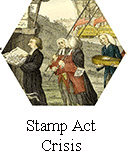 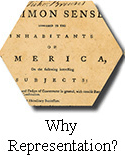 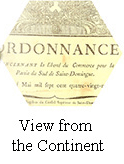 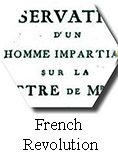 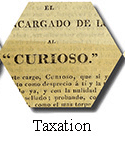 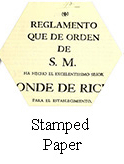 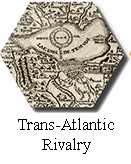 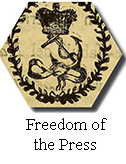 |
| |
TRANS-ATLANTIC RIVALRY |
|
|
37. [Carlos Sigüenza y Góngora, Map of the valley of Mexico]. In: Giovanni Francesco Gemelli Careir. Voyage du tour du monde. A Paris: Chez Etienne Ganeau, 1719.
Carlos Sigüenza y Góngora began elaborating his map of the valley of Mexico as early as 1688. It was widely adapted and published, here in Gemelli’s collection of voyages. |
|
|
38. Juan López. Mapa de las Cercanias de Mexico que comprehende todos sus lugares y rios. [Madrid], 1785.
In 1785, Juan López, a Spanish cartographer, published his version of it, changing the location of the meridian, and altering some place names. |
|
|
39. José Alzate y Ramírez. Mapa de las aguas que por el círculo de 90 leguas vienen a la laguna de Tescuco. Mexico, 1786.
José Alzate used López’s publication as motive for his own, in which he returns the meridian to Sigüenza’s original and restores the corrupted place names. More importantly, he uses his text to laud Sigüenza’s erudition, which he places above those of any Spaniard. This was just one manifestation of many of the conflicts between Mexican-born Spaniards and those born on the peninsula during the years leading up to the wars of Independence. |
|
|
40. Eusebio Francisco Kino. Exposicion astronomica de el cometa. Mexico: Francisco Rodríguez Lupércio, 1681. |
|
|
41. Carlos Sigüenza y Góngora. Libra astronomica. Mexico: Herederos de la viuda de Bernardo Calderon, 1690.
Sigüenza's reputation as a savant and avatar of creole patriotism began in his own lifetime. The Great Comet of 1680, witnessed around the world, generated a vast literature. It was the first comet discovered with the use of a telescope, and used by Newton to verify Kepler’s laws of planetary motion. While generating a great deal of scientific and mathematical literature, it also prompted moralistic tracts following traditional arguments that comets portend God’s punishment.
Among the more famous of the exchanges is the one between the Italian Jesuit, Eusebio Kino, and the Mexican, Carlos Sigüenza y Góngora. Kino observed the comet while awaiting his voyage to New Spain and published his account of it towards the end of 1681, prior to departing to establish missions in California. While the first nine chapters deal with the nature and movements of comets, the final chapter, the longest, is devoted to its portents. Sigüenza’s response appeared only nine years later, and took Kino to task not only for his flawed mathematical arguments, but particularly dismissing his view that comets herald God’s punishment. |
|
| |
This symbol indicates the entire scanned book,
may be read on the John Carter Brown Library's Internet Archive collection. >>> |
|
| |
Exhibition prepared by dennis landis, kim nusco, neil safier, and kenneth c. ward.
on view in the reading room from october 2015 to january 2016. |
|